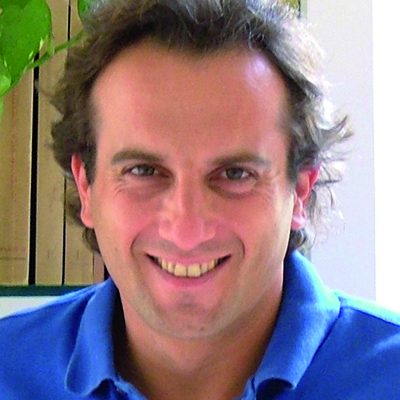The digital workflow in fixed removable prosthesis: myth or reality?
In our daily clinical activity as dentists we can classify our patients, even though in their uniqueness, in 3 different musculo-skeletal typologies, simplifying the diagnostic and the subsequent therapeutic stage: we differentiate between meso-facial, dolichol-facial and brachy-facial patients. Scientific literature agrees in stating that brachy-facial subjects show masticatory forces 3 or 4 times higher than the other two types, regardless of the presence or lack of parafunctions. The effects of the masticatory forces and the role they play in interfering with the longevity of the prosthetic components used in implant- and tooth-supported removable prostheses have not been fully clarified yet. The purpose of the authors is to provide a clinical and technical protocol that allows to recognize, in a simple and safe manner, the patients with a high occlusal risk in order to implement a prosthetic treatment that can limit possible biological as well as mechanical damages brought about by excessive masticatory forces. In particular, the direction of application and the resultant effects of masticatory forces, the building techniques of the implant-supported retention bars, the position of the retentive attachments and their typology (depending on the force expressed by the patient and on the arch anatomy) will be described.
